 "The process developed by Somark involves a geometric array of micro-needles and an ink capsule, which is used to 'tattoo' an animal. The ink can be detected from 4 feet away." A startup company developing chipless RFID ink has tested its product on cattle and laboratory rats. Somark Innovations announced this week that it successfully tested biocompatible RFID ink, which can be read through animal hairs. The passive RFID technology could be used to identify and track cows to reduce financial losses from Bovine SpongiformEncephalopathy (mad cow disease) scares. Somark, which formed in 2005, is located at the Center for Emerging Technologies in St. Louis. The company is raising Series A equity financing and plans to license the technology to secondary markets, which could include laboratory animals, dogs, cats, prime cuts of meat, and military personnel.Chief scientist Ramos Mays said the tests provide a true proof-of-principle and mitigate most of the technological risks in terms of the product's performance."This proves the ability to create a synthetic biometric or fake fingerprint with biocompatible, chipless RFID ink and read it through hair," he said.Co-founder Mark Pydynowski said during an interview Wednesday that the ink doesn't contain any metals and can be either invisible or colored. He declined to say what is in the ink, but said he's certain that it is 100% biocompatible and chemically inert. He also said it is safe for people and animals.
"The process developed by Somark involves a geometric array of micro-needles and an ink capsule, which is used to 'tattoo' an animal. The ink can be detected from 4 feet away." A startup company developing chipless RFID ink has tested its product on cattle and laboratory rats. Somark Innovations announced this week that it successfully tested biocompatible RFID ink, which can be read through animal hairs. The passive RFID technology could be used to identify and track cows to reduce financial losses from Bovine SpongiformEncephalopathy (mad cow disease) scares. Somark, which formed in 2005, is located at the Center for Emerging Technologies in St. Louis. The company is raising Series A equity financing and plans to license the technology to secondary markets, which could include laboratory animals, dogs, cats, prime cuts of meat, and military personnel.Chief scientist Ramos Mays said the tests provide a true proof-of-principle and mitigate most of the technological risks in terms of the product's performance."This proves the ability to create a synthetic biometric or fake fingerprint with biocompatible, chipless RFID ink and read it through hair," he said.Co-founder Mark Pydynowski said during an interview Wednesday that the ink doesn't contain any metals and can be either invisible or colored. He declined to say what is in the ink, but said he's certain that it is 100% biocompatible and chemically inert. He also said it is safe for people and animals.The process developed by Somark involves a geometric array of micro-needles and a reusable applicator with a one-time-use ink capsule. Pydynowski said it takes five to 10 seconds to "stamp or tattoo" an animal, and there is no need to remove the fur. The ink remains in the dermal layer, and a reader can detect it from 4 feet away."Conceptually, you can think of it in the same way that visible light is reflected by mirrors," he said, adding that the actual process is slightly different and proprietary.The amount of information contained in the ink depends on the surface area available, he said. The U.S. Department of Agriculture calls for a 15-digit number to track cattle. The first three digits are "840" for the U.S. country code. The remaining digits are unique identifiers. The numbers would link to a database containing more information."It can say where it has been, who it has talked to, who it has eaten with, and who else it has been in contact with," Pydynowski said.Ranchers and others in the agricultural industry can choose a covert stamping system, which would make it impossible for cattle thieves to tell which animals have been marked and easy for those checking for stolen cattle to determine a cow's source. Pydynowski said the technology is an improvement over ear tags, which can be detached from cows and other products.The technology could verify that cuts of meat originated in a hormone-free environment, Pydynowski said, adding that consumers would destroy the system by breaking down the ink when chewing the meat. In other words, Big Brother wouldn't know whether someone ate a Big Mac or a filet mignon, according to Pydynowski's explanation. However, the government and agricultural producers and retailers could track e-coli outbreaks in spinach, he said.The ink also could be used to track and rescue soldiers, Pydynowski said.[[[[[["It could help identify friends or foes, prevent friendly fire, and help save soldiers' lives," he said. "It's a very scary proposition when you're dealing with humans, but with military personnel, we're talking about saving soldiers' lives and it may be something worthwhile."]]]]]]
http://www.informationweek.com/news/showArticle.jhtml?articleID=196802844
As in the days of Noah...











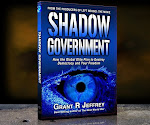
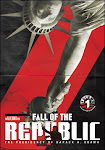





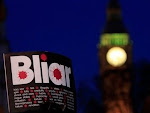





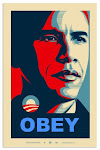





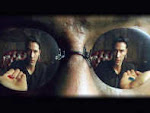







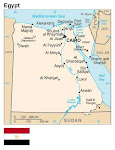
























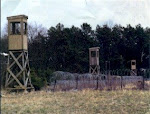









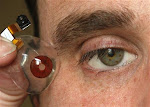


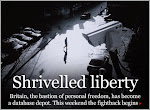









.bmp)



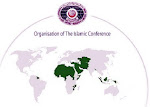






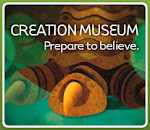
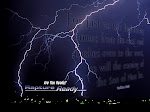







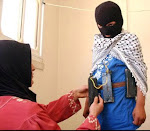





.bmp)